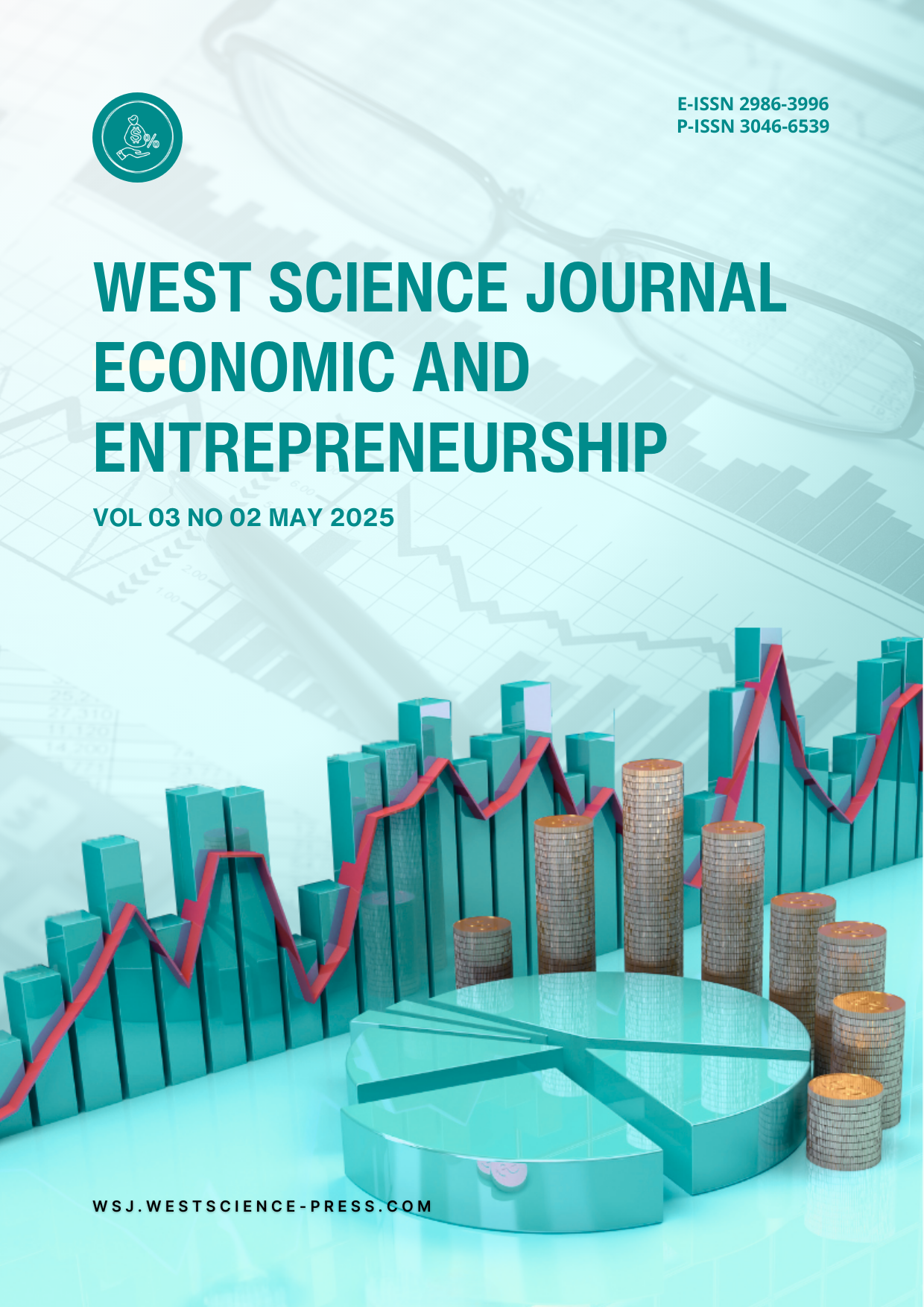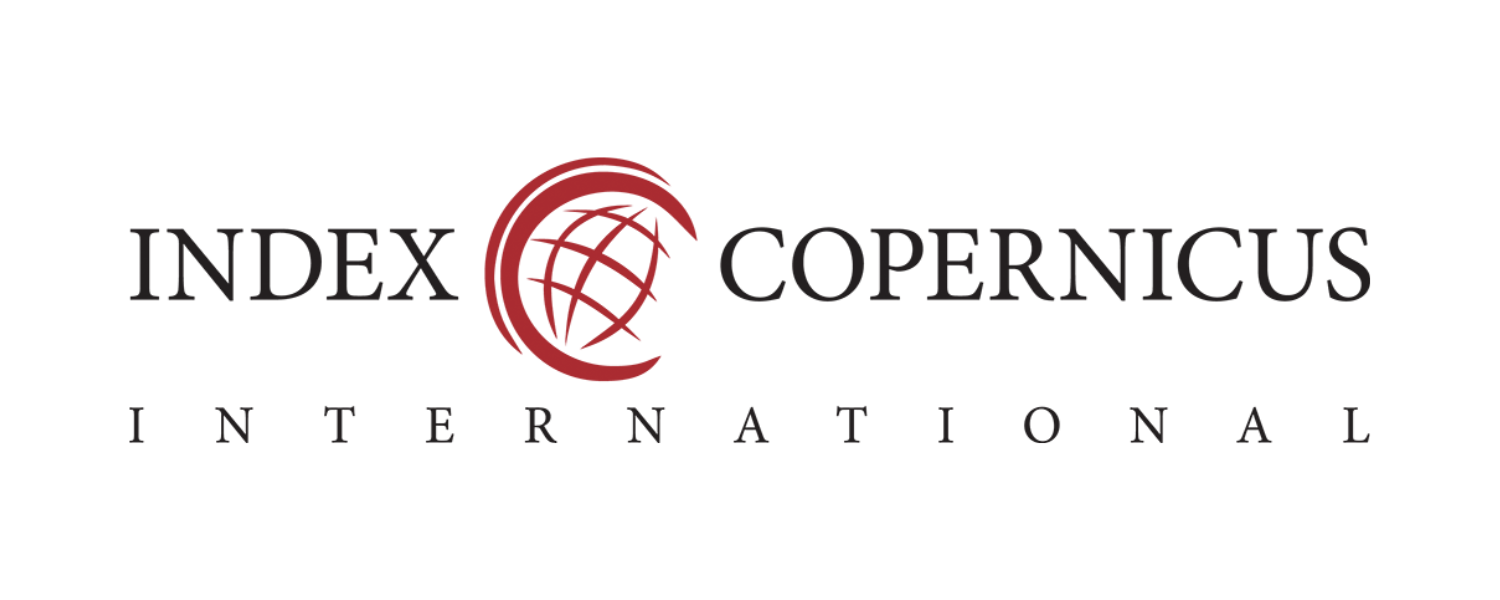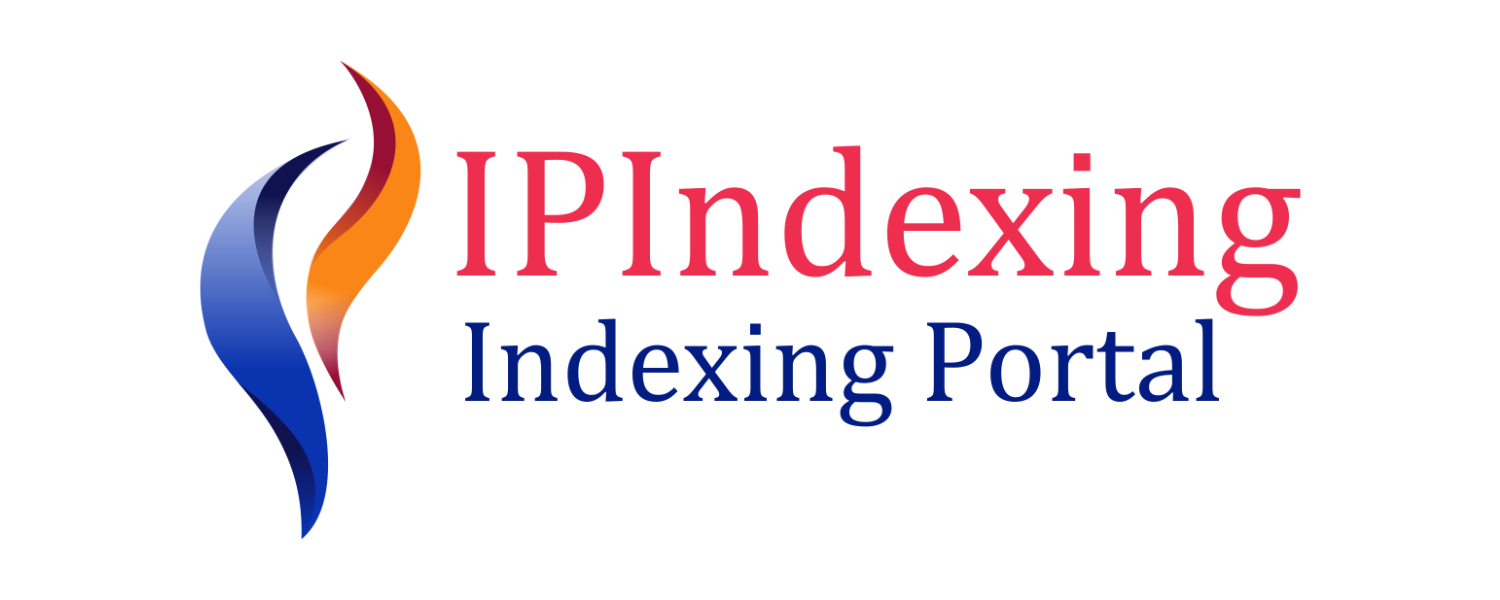The Relationship between Public Debt, Government Efficiency, and Corruption Control on Fiscal Sustainability in Indonesia
DOI:
https://doi.org/10.58812/wsjee.v3i02.1943Keywords:
Public Debt, Government Efficiency, Corruption Control, Fiscal Sustainability, IndonesiaAbstract
This study explores the relationship between public debt, government efficiency, and corruption control in the context of fiscal sustainability in Indonesia. Using a normative qualitative research approach, the study analyzes legal frameworks, government policies, and institutional reports to assess how these three factors interact and affect fiscal health. The findings indicate that while Indonesia’s public debt remains within manageable limits, challenges in government efficiency and corruption control undermine the optimal use of public resources and exacerbate fiscal deficits. The analysis highlights that inefficient government operations, combined with corruption, contribute to the misallocation of debt-financed resources, thereby hindering fiscal sustainability. The study concludes that improving debt management, enhancing government efficiency, and strengthening anti-corruption measures are essential for ensuring long-term fiscal stability in Indonesia.
References
[1] J. Sriyana and A. Hakim, “Balance sheet approach for fiscal sustainability in Indonesia,” Int. J. Econ. Financ. Issues, vol. 7, no. 1, pp. 68–72, 2017.
[2] N. Widiastuti, A. Fitrady, and T. Widodo, “Assessing Fiscal Sustainability in Indonesia,” J. Ekon. dan Stud. Pembang., vol. 15, no. 1, pp. 101–123, 2023.
[3] L. O. Suriadi, “Pembiayaan Defisit dengan Utang dan Ketahanan Fiskal di Indonesia,” The Winners, vol. 14, no. 2, pp. 127–137, 2013.
[4] V. Adrison, “Fiscal sustainability in Indonesia: Policies and progress,” Asian Econ. Policy Rev., vol. 19, no. 2, pp. 224–247, 2024.
[5] E. A. Awadzi, Designing legal frameworks for public debt management. International Monetary Fund, 2015.
[6] D. Yanti, J. Mawartina, H. Sarlini, and W. Pangestoeti, “Mekanisme Pengelolaan Utang Negara dan Implikasinya terhadap Perekonomian Nasional,” J. Hukum, Adm. Publik dan Negara, vol. 2, no. 1, pp. 96–114, 2025.
[7] M. Cahyadin, T. Sarmidi, N. Khalid, and S. H. Law, “Too Much Debt and Budget Deficit on Fiscal Sustainability: Do Institutions Matter?,” Malaysian J. Econ. Stud., vol. 59, no. 2, pp. 261–284, 2022.
[8] M. U. S. Das, J. Surti, M. F. Ahmed, M. M. G. Papaioannou, and M. G. Pedras, Managing public debt and its financial stability implications. International Monetary Fund, 2010.
[9] A. Afonso and J. Alves, “Does government spending efficiency improve fiscal sustainability?,” Eur. J. Polit. Econ., p. 102403, 2023.
[10] A. Amir and K. K. Gokmenoglu, “Analyzing the role of government efficiency on financial development for OECD countries,” Rev. Econ. Perspect., vol. 20, no. 4, pp. 445–469, 2020.
[11] 김현정, “공공기관의 유형별 효율성 평가와 비효율성 원인의 규명에 관한 연구,” 한국경영과학회지, vol. 40, no. 1, pp. 75–89, 2015.
[12] R. Kyarem, L. Wasiu, and L. Omotayo, “Transparency, Governance and Fiscal Sustainability Nexus: The Nigeria Scenario 1 2journals/international-scientific-research-consortium-journals-2/intl-journal-of-economics-volume-11-no1-april-2023,” Int. J. Econ. Bus., vol. 11, pp. 154–170, Apr. 2023, doi: 10.48028/iiprds/ijasepsm.v11.i1.12.
[13] A. Herzberg and A. Herzberg, “Intertemporal budget constraint as a sustainability criterion,” Sustain. Extern. Imbalances A Crit. Apprais., pp. 17–48, 2015.
[14] R. Kurniawan, “Sustainability of Fiscal policy and government revenue-expenditure Nexus: The experience of Indonesia,” 2012.
[15] I. Rajakaruna and S. Suardi, “Fiscal Sustainability, Fiscal Debt and Economic Growth in the South Asian Region,” J. Dev. Areas, vol. 56, no. 1, pp. 249–265, 2022.
[16] N. Kutivadze, “Public debt and financial development,” 2011.
[17] Werake, “THE DETERMINANTS OF THE PUBLIC DEBT SUSTAINABILITY: A REVIEW,” J. Account. Financ., vol. 11, pp. 1–16, Jun. 2024, doi: 10.57075/jaf1112401.
[18] R. Reis, “Debt revenue and the sustainability of public debt,” J. Econ. Perspect., vol. 36, no. 4, pp. 103–124, 2022.
[19] R. Ivan and C. T. Ladar, “Increase of Public Debt and Budget Deficit and their Sustainability,” Agora Int. J. Econ. Sci., vol. 13, 2019.
[20] R. W. McGee and Y. Yoon, “Enhancing Efficiency of Government Budget and Fiscal Policy: Some Advice for Transition and Developing Economies,” in Taxation and public finance in transition and developing economies, Springer, 2008, pp. 39–53.
[21] T. Curristine, Z. Lonti, and I. Joumard, “Improving public sector efficiency: Challenges and opportunities,” OECD J. Budg., vol. 7, no. 1, p. 161, 2007.
[22] A. S. Rashied, A. K. Chyad, W. Qasem, and N. H. Abbas, “The Impact of Financial Management Reforms on Budget Efficiency, Transparency, and Wastage Reduction Across Diverse Regions,” J. Ecohumanism, vol. 3, no. 5, pp. 743–762, 2024.
[23] L. Judijanto, W. Febriyanto, and T. Lesmana, “A Bibliometric Analysis of Government Budget Efficiency and Effectiveness: Trends and Future Directions,” West Sci. Interdiscip. Stud., vol. 2, pp. 1556–1565, Aug. 2024, doi: 10.58812/wsis.v2i08.1224.
[24] S. L. Gui-Diby, “Public financial management and fiscal performance: Evidence from panel data analyses,” Appl. Econ. Lett., vol. 29, no. 19, pp. 1784–1790, 2022.
[25] R. Irawan and I. Lubis, “Pengaruh Korupsi Terhadap Pertumbuhan Ekonomi di Indonesia Tahun 2012–2022,” Ekon. J. Ilmu Ekon. dan Stud. Pembang., vol. 23, no. 2, pp. 219–228, 2023.
[26] S. A. Cahyono, S. P. Warsito, W. Andayani, and D. H. Darwanto, “Dampak Pemberantasan Korupsi Terhadap Perekonomian, Emisi Karbon Dan Sektor Kehutanan Indonesia (Corruption Eradication Impacts on The Economy, Carbon Emissions and Forestry Sector in Indonesia),” J. Mns. dan Lingkung., vol. 22, no. 3, pp. 388–397, 2015.
[27] D. P. Ramada and I. S. Utari, “Unveiling the Surge in Corruption: A Menacing Threat to Indonesia’s Stability in Anti-Corruption Law Reform,” J. Law Leg. Reform, vol. 5, no. 1, pp. 179–200, 2024.
[28] M. Ilham, “Tackling Corruption in Indonesia: Lessons Learned and Future Directions,” J. Public Represent. Soc. Provis., vol. 2, no. 3, pp. 121–128, 2022.
[29] H. Habiburrochman, S. Saa, D. Indrayana, K. Khairunnisah, and F. Rahma, “Tackling Corruption in the Public Sector: Innovative Approaches and Policy Reforms,” Join J. Soc. Sci., vol. 1, Sep. 2024, doi: 10.59613/ejan4589.
[30] R. Aiman, “Hukum dan korupsi: Tantangan dan solusi dalam pemberantasan korupsi di Indonesia,” Perad. J. Law Soc., vol. 3, no. 1, pp. 16–30, 2024.
[31] S. Triwibowo, “Public financial management and corruption In Indonesia: a panel cointegration and causality analysis,” J. Indones. Econ. Bus. JIEB., vol. 34, no. 3, pp. 267–279, 2019.
Downloads
Published
Issue
Section
License
Copyright (c) 2025 Haryono Haryono

This work is licensed under a Creative Commons Attribution-ShareAlike 4.0 International License.
























 Instagram
Instagram 